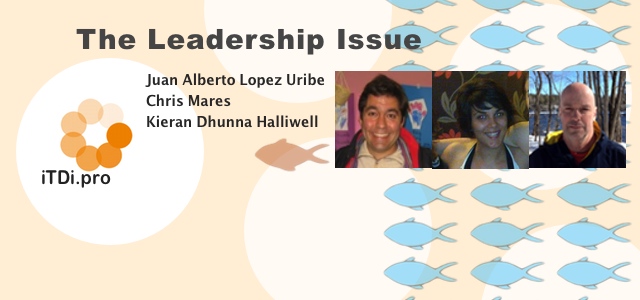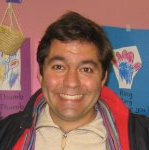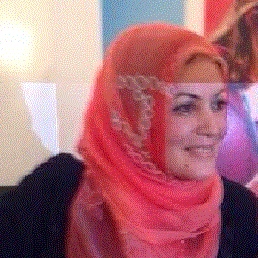
Leadership: Reminders To Myself
Chris Mares
I will limit my post to what I have learned in my leadership position. The following tips are like reminders to myself. They didn’t come to me in a blinding flash but were learnt over many years.
Set the tone. The leader sets the tone for the institution. Everything you are and everything you say and do will contribute to the tone of the institution you work in. In this way a leader sets the standard and is the model upon which others will gauge their choices. If you are timely, cordial, organized, and well presented, this sends a message not only about who you are, but also about what you value, and more subtly about what you expect.
Be committed. Model what you expect. Your commitment to your institution, colleagues, and students will earn the respect of your colleagues.
Be informed. Stay up to date. Read current journals, blogs, new publications. Attend conferences, workshops, etc.
Inform. Suggest or circulate pertinent readings/blogs/websites that you believe your colleagues will find interesting and useful.
Be organized. Prepare for meetings. Have agendas. Be punctual. Stay focused. Keep minutes. Don’t just decide something will get done. Get names and agree on realistic timelines. Keep records.
Be consistent. To earn the trust of others you must be consistent in your leadership. You must model that you will listen and that others’ opinions are valued. If you say you’re going to do something, do it.
Be respectful. Treat everyone with equal respect. Be positive in your dealings with colleagues and students. Give everyone the time they need.
Delegate. Don’t try to do everything. Learn to trust others. Use their strengths. If you are a big picture person, then find the person who is the detail person and work with them, etc.
Be positive. A positive attitude is contagious. If you are motivated, interested, and energized, this will rub off on your colleagues.
Be available. Have set office hours or a clear protocol for holding meetings.
Listen. Being a good listener is vital. This doesn’t just mean giving someone the time to say what he or she needs to say. It means actively trying to understand another’s needs and wishes.
Deal with problems when they come up. Don’t go into denial. Get on it. Problems need to be solved and the best way to do this is with the belief that all problems can be solved constructively.
Follow up. If you say you’re going to do something, do it. If someone has come to you to discuss an issue, check in later, and see how that person is doing.
Be aware of your shortcomings. We all have shortcomings. No one is perfect. Accept your skill set for what it is and build on it. Work on your shortcomings consciously and deliberately. Own them. Don’t be defensive.
Be honest. Be honest with yourself and with everyone else.
Be realistic. Setting realistic goals for yourself and others is important. Decide what is achievable, how it will be achieved, when it will be achieved and who is accountable.
Be flexible. There’s more than one way to skin a cat. Listen. Your way may be good but someone may come up with a better way. It’s the better way that’s important. Park your ego, give credit where credit is due and make changes that need to be made. It doesn’t always have to be your idea. If it’s someone else’s, give that person credit.
Be fair. No favorites. Workloads should be fairly distributed. Rotate responsibilities. Make sure everyone gets opportunities to try new things.
Be clear. Leave no doubt as to what you need and what you expect. Give instructions carefully and clearly. If you have done this verbally, follow up with a written confirmation.
Remain accountable. Do what you say you’re going to do in a timely fashion. Admit to any mistakes you make. Own them. Your honesty will help you gain the trust of your colleagues. Expectothers to remain accountable, too.
To sum it all up …
Being an effective leader is neither straightforward no easy but there are rewards. I believe that honesty, respect for others, and consistency are key components, coupled with a positive attitude and a genuine interest in and concern for the mission of the institution or the group being led.
Connect with Chris and other iTDi Associates, Mentors, and Faculty by joining iTDi Community. Sign Up For A Free iTDi Account to create your profile and get immediate access to our social forums and trial lessons from our English For Teachers and Teacher Development courses.












